Optimizing the Drug Manufacturing Process Through Digital Transformation
Improving drug manufacturing processes with computer modeling and simulation accelerates healthcare innovations.
Ansys is committed to setting today's students up for success, by providing free simulation engineering software to students.
Ansys is committed to setting today's students up for success, by providing free simulation engineering software to students.
Ansys is committed to setting today's students up for success, by providing free simulation engineering software to students.
For United States and Canada
+1 844.462.6797
Improving drug manufacturing processes with computer modeling and simulation accelerates healthcare innovations.
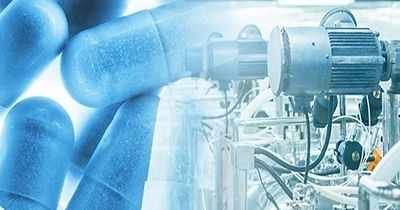
Traditional drug manufacturing and drug delivery process development requires a huge time and financial investment. To accelerate innovation and dramatically reduce costs and time to market, in silico approaches are the only viable solution. Applying engineering simulation and mechanistic modeling to identify the best delivery route or to scale up production equipment from lab scale to mass production is crucial to achieve regulatory approval on a sustainable timescale and budget.
Visit our healthcare industry page to learn about more healthcare applications that can benefit from modeling and simulation.
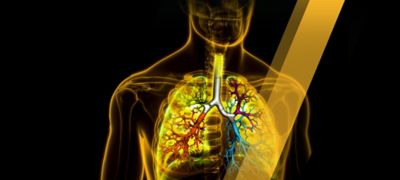
Below is a list of past webinars held in conjunction with partners, industry, and hospital presenters regarding the work that is being done in the Drug Manufcturing space at Ansys

This presentation will explore the application of Ansys simulation tools to model and optimize the lyophilization process in pharmaceutical manufacturing. Lyophilization, or freeze-drying, is critical for enhancing the shelf life and stability of biologics, offering advantages such as reduced particulate contamination and preservation of heat-sensitive compounds. However, it poses significant engineering challenges, including ensuring product homogeneity and optimizing sublimation dynamics.

This presentation will discuss the latest technological advancements in fluid mixing. We'll start with the core GPU technology, which supports single and multiphase flows, multi-species, and the entire spectrum of turbulence modeling (laminar, RANS, LES), and end with the latest end-to-end guided mixing custom app. The integration of AI and machine learning with fluid mixing simulations will be showcased through case studies.
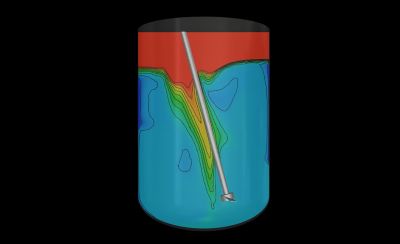
We invite you to watch this webinar to learn about recent advances in GPU technology for the pharmaceutical and biopharma industry. We'll show a three- to tenfold speed-up in turnaround time and how streamlining the workflow allows for creating Design of Experiments (DOE).ent pathway for using CM&S in submissions.

What if you could almost instantaneously predict the likely evolution of the bioreactor exposed to adverse internal or external events so that you can take corrective measures?
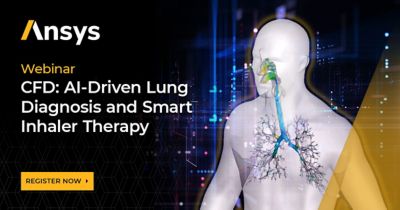
Existing diagnostic and treatment methods for pulmonary diseases face challenges. Artificial Intelligence (AI) algorithms present novel opportunities for enhancing diagnostic accuracy and personalizing treatment plans. Learn how the CFD approach can improve diagnostic accuracy in this upcoming webinar.
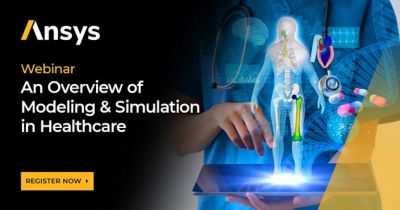
Learn what computer modeling and simulation means for the healthcare industry. We’ll calculate the benefits and expected return on investment in this webinar.

Recent advances in Ansys Fluent free surface (VOF) capabilities enable users to run more realistic and complex mixing tank simulations. In this webinar, we discuss the best practices to run these simulations.
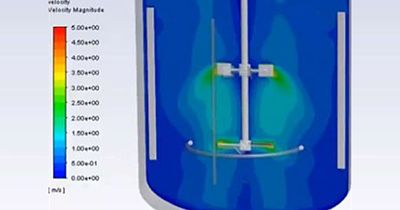
In this webinar, we present different case studies that explain the different modeling options available in Ansys Fluent for simulation of different physical processes that occur in a mixing tank.
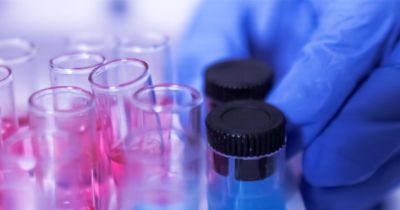
This webinar spotlights how Ansys CFD simulations help design chromatography columns and includes a quick tutorial that demonstrates the entire process.
Below is a currated list of success stories and thought leadership from our collegues, customers, and partners around the world using simulation to advance cardiovascular medical devices.